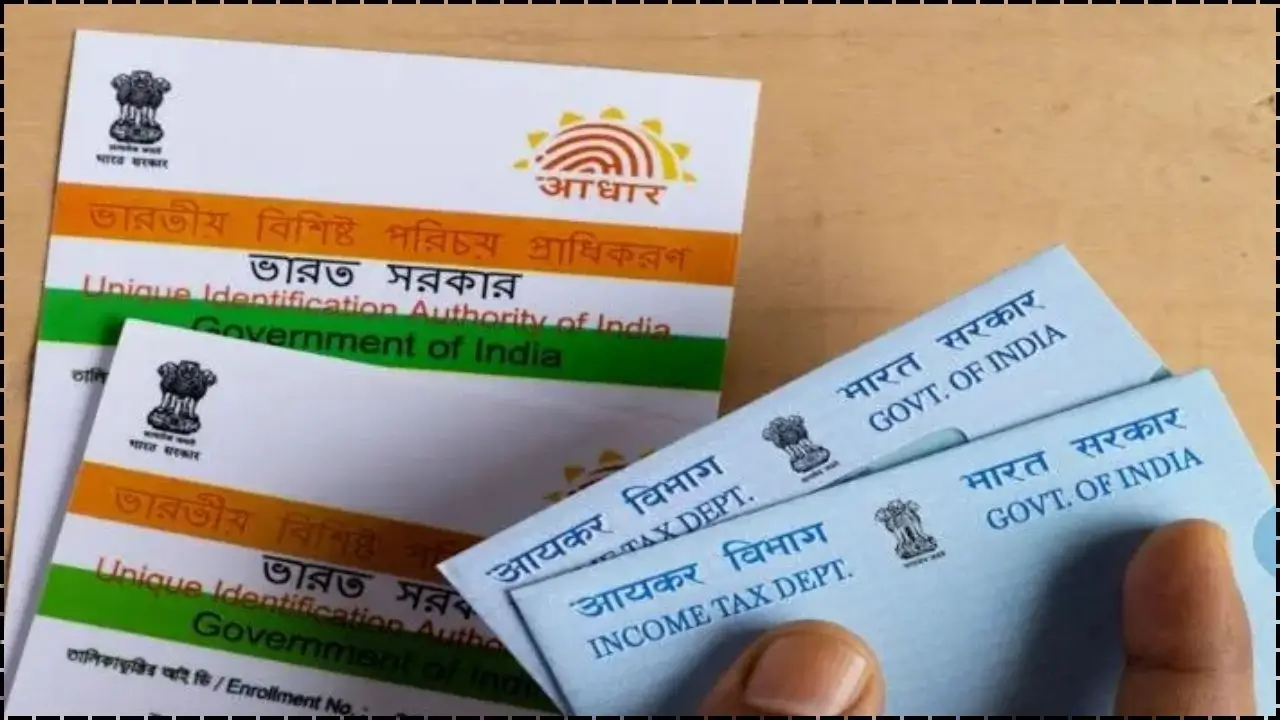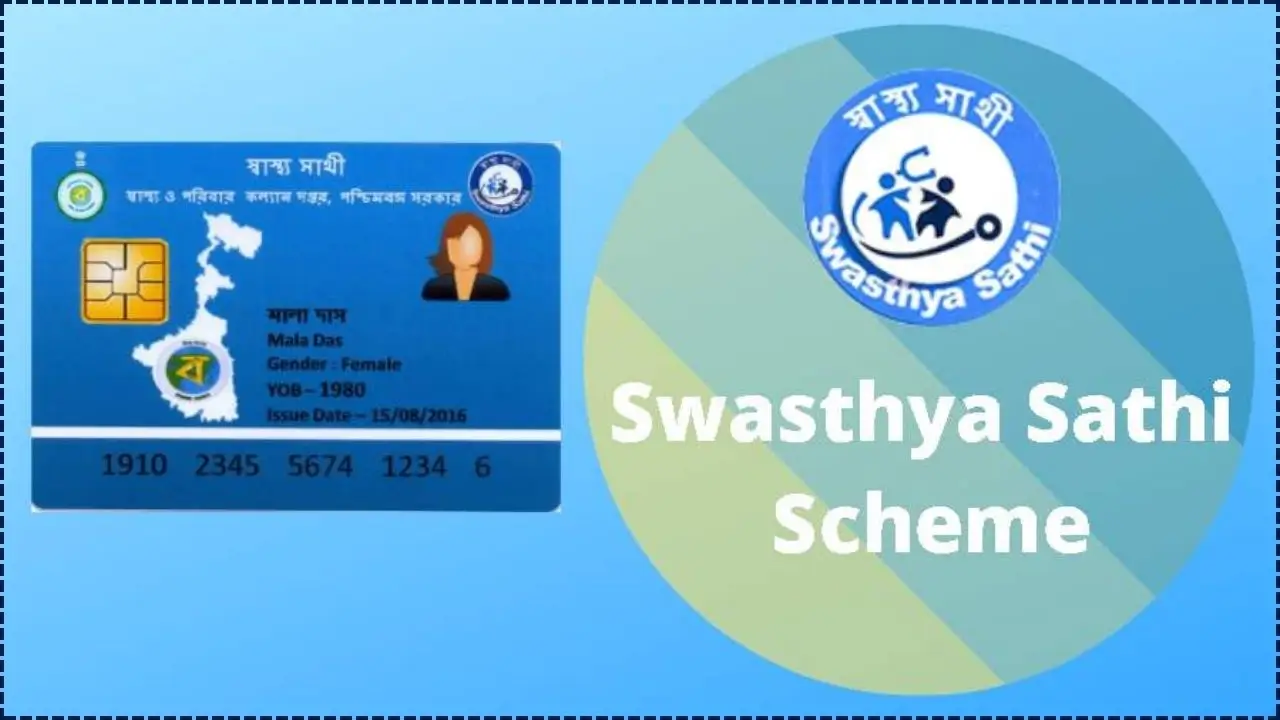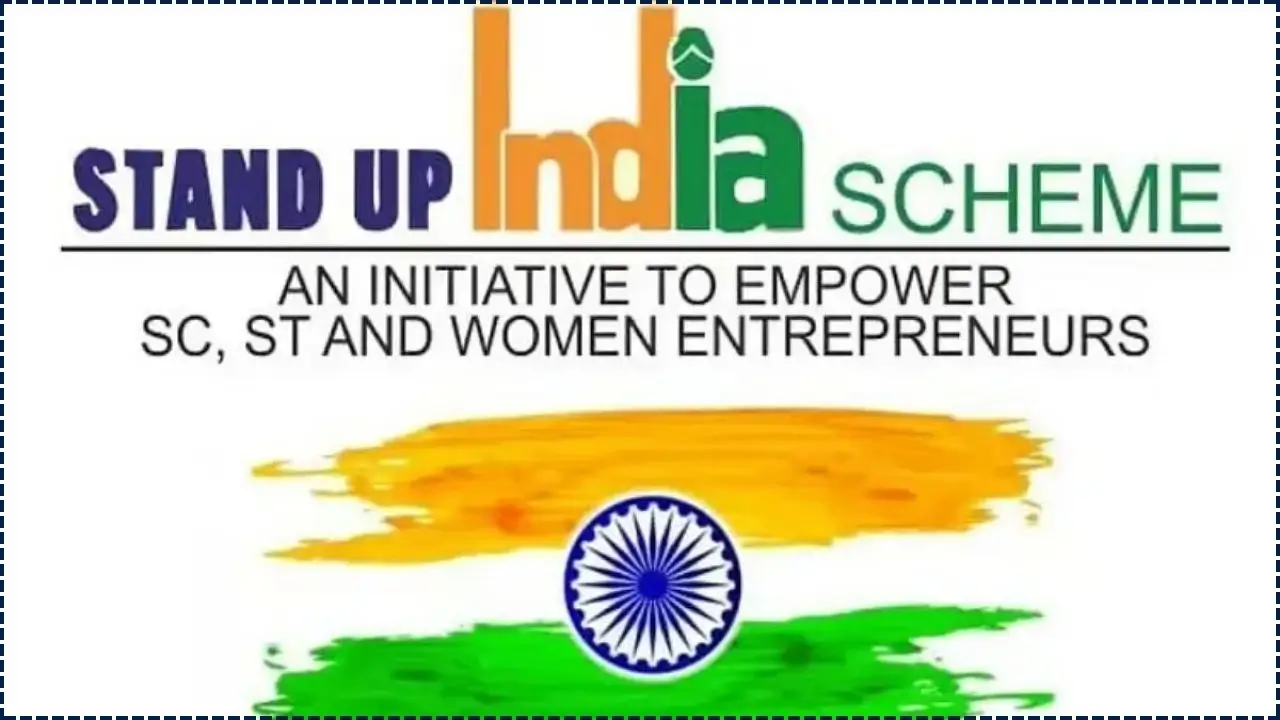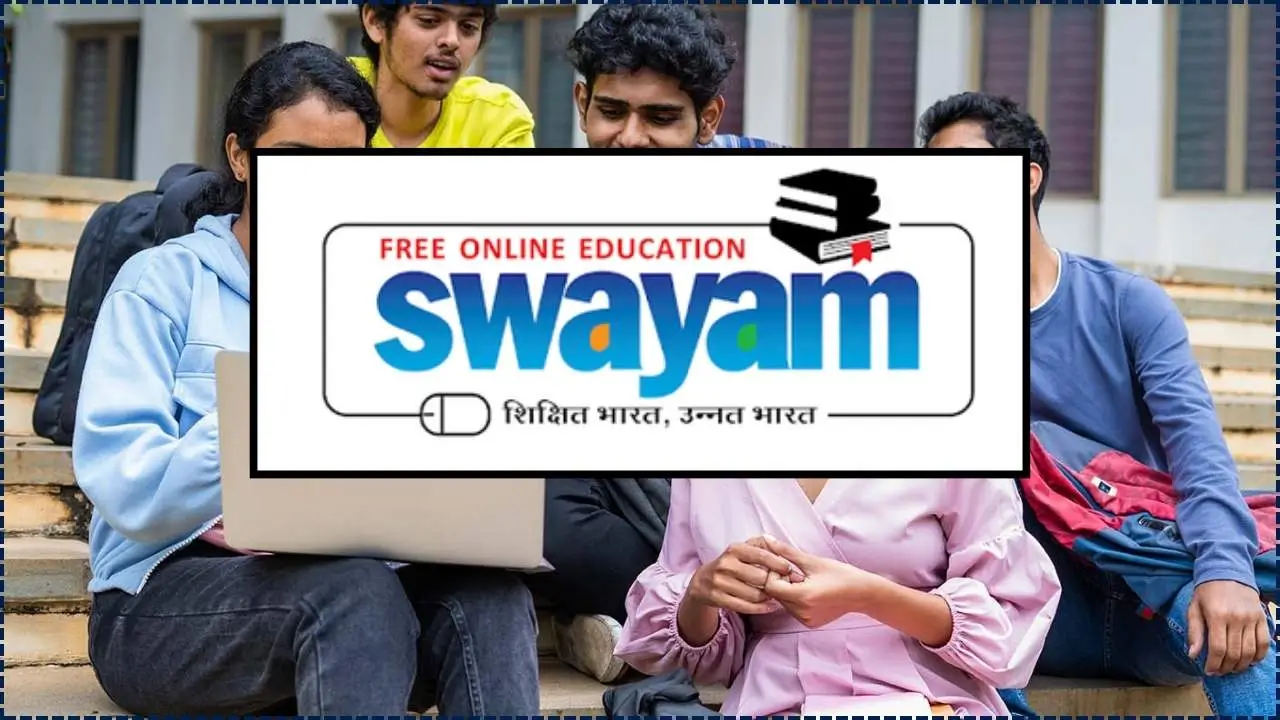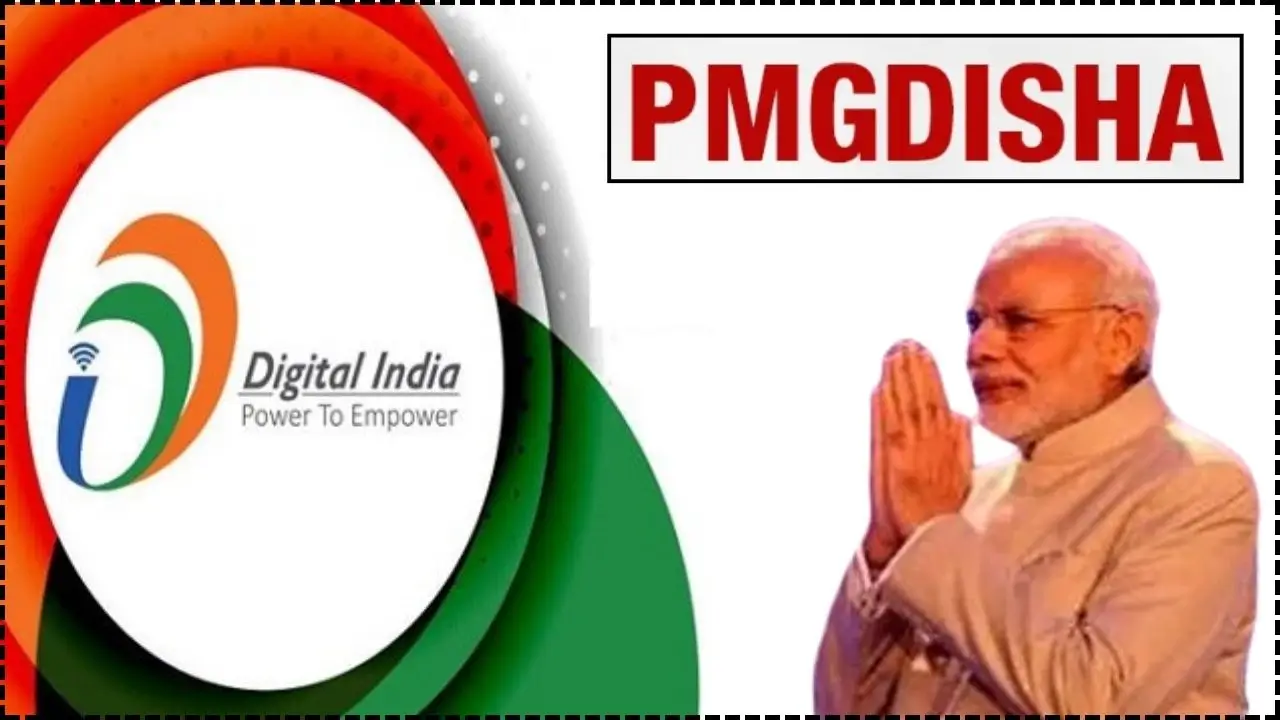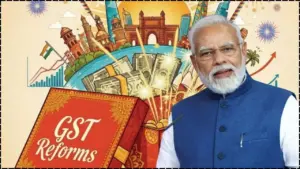In India, entrepreneurship has become a key driver of economic growth, innovation, and employment. However, establishing and expanding a business can be financially challenging, especially for new and small-scale entrepreneurs. To address these challenges, the Indian government has launched several schemes to support entrepreneurs, including the Prime Minister’s Employment Generation Programme (PMEGP).

Along with PMEGP, there are other schemes that aim to provide financial assistance, guidance, and infrastructure support to help businesses thrive. This article explores how PMEGP and other government schemes for entrepreneurs can help you boost your business and become a part of India’s growing entrepreneurial ecosystem.
Table of Contents
Boost Your Business with PMEGP
| Scheme Name | Target Audience | Benefits | Key Features |
|---|---|---|---|
| PMEGP (Prime Minister’s Employment Generation Programme) | Aspiring entrepreneurs in non-farm sectors | Subsidized loans, margin money for setting up micro-enterprises | Loans of up to ₹50 lakh, up to 35% subsidy, collateral-free loans |
| MUDRA (Micro Units Development and Refinance Agency) | Micro-enterprises, MSMEs | Collateral-free loans up to ₹10 lakh | Shishu (up to ₹50,000), Kishore (₹50,000 to ₹5 lakh), Tarun (₹5 lakh to ₹10 lakh) |
| Stand-Up India Scheme | Women, SC/ST, and minority entrepreneurs | Loans between ₹10 lakh to ₹1 crore | Loans for setting up greenfield enterprises |
| CGTMSE (Credit Guarantee Fund Trust for Micro and Small Enterprises) | Micro and small businesses | Collateral-free credit up to ₹2 crore | Provides a guarantee for loans to micro and small enterprises |
| Startup India Scheme | Startups in India | Tax benefits, funding opportunities, IPR benefits | Provides recognition, funding support, tax exemptions |
The government has launched a variety of schemes to support and boost entrepreneurship in India. Whether you are starting a new business or looking to expand an existing one, PMEGP, MUDRA, Stand-Up India, and other schemes provide the financial support, resources, and guidance you need to succeed. By leveraging these opportunities, you can establish your business, create jobs, and contribute to India’s growing economy.
For more details and to start your application process, visit the official websites of the respective schemes, and begin your entrepreneurial journey today.
What is PMEGP?
PMEGP (Prime Minister’s Employment Generation Programme) is one of the most prominent schemes initiated by the Government of India to promote entrepreneurship in the non-farm sector. Implemented by the Khadi and Village Industries Commission (KVIC), the scheme primarily aims to create self-employment opportunities and promote small businesses in the rural and urban areas of India.
Key Features of PMEGP:
- Financial Assistance: PMEGP provides financial assistance of up to ₹50 lakh for manufacturing units and ₹20 lakh for service-based businesses.
- Subsidy: The government provides a subsidy of 15-35% on the project cost, depending on the applicant’s category (SC/ST, women, rural areas, etc.).
- Collateral-Free Loans: Loans up to ₹10 lakh are available without collateral, ensuring that small businesses and entrepreneurs are not burdened by the need for property or assets.
- Repayment Period: The loan can be repaid over a period of 3 to 7 years, with a grace period of up to 6 months.
Eligibility Criteria for PMEGP
- Age: The applicant must be 18 years or older.
- Educational Qualification: For manufacturing units, at least an 8th standard pass is required. There are no specific educational requirements for service units.
- Business Type: The scheme is open to individuals, self-help groups, societies, and production co-operative societies.
- Previous Support: Only one member of a family can avail of the benefits under PMEGP.
Apply for PMEGP
- Project Report: Prepare a detailed project report outlining your business idea, market analysis, and financial projections.
- Application Submission: Submit the project report to the nearest District Industries Centre (DIC) or KVIC office.
- Loan Approval: After review, the application is forwarded to a bank for loan approval.
- Loan Disbursement: Once the loan is approved, the subsidy is transferred, and the amount is disbursed by the bank.
- For further details and the application process, you can visit the PMEGP portal.
Other Key Government Schemes for Entrepreneurs
1. MUDRA Scheme
The MUDRA (Micro Units Development and Refinance Agency) scheme, launched in 2015, aims to provide collateral-free loans to micro-enterprises and small businesses. The scheme is designed to offer financial support to entrepreneurs who are in the early stages of their business journey.
- Loan Amounts: The scheme offers three categories of loans:
- Shishu: Loans up to ₹50,000 for new businesses.
- Kishore: Loans ranging from ₹50,000 to ₹5 lakh for businesses that have gained some traction.
- Tarun: Loans ranging from ₹5 lakh to ₹10 lakh for businesses with a more established presence.
MUDRA loans can be accessed through banks, micro-finance institutions, and NBFCs. The loans are primarily aimed at individuals running small manufacturing, service, or retail businesses. Visit the MUDRA website for more information.
2. Stand-Up India Scheme
The Stand-Up India Scheme aims to provide loans to women entrepreneurs, Scheduled Castes (SC), and Scheduled Tribes (ST) to set up new greenfield enterprises. The loans provided under this scheme can range from ₹10 lakh to ₹1 crore.
- Eligibility: The applicant must be a woman or belong to the SC/ST category. The business must be in the manufacturing, service, or trading sectors.
The scheme encourages social entrepreneurship and has led to a rise in women-led businesses across India.
3. Credit Guarantee Fund Scheme (CGTMSE)
The CGTMSE scheme provides a guarantee to banks and financial institutions for loans provided to micro and small enterprises. This guarantee covers loans up to ₹2 crore, providing collateral-free loans to small businesses that might otherwise struggle to secure financing.
- Eligibility: The scheme is available to both existing and new micro and small enterprises. Entrepreneurs from all sectors (except agriculture) are eligible for this scheme.
4. Startup India Scheme
Launched in 2016, Startup India aims to foster the growth of innovative startups across India by offering a host of incentives, including tax exemptions, funding opportunities, and mentorship. The scheme supports businesses in various stages, from ideation to growth.
- Tax Benefits: Tax exemptions for 3 years.
- Funding: Government funds and investor networks support startups with seed capital.
- Other Benefits: Simplified registration process, intellectual property (IP) rights benefits, and easier compliance regulations.
Related Links
Download Nagaland Trade Licence Online in Minutes: Check Easy Online Process
Central Government Announces New Monthly Assistance Scheme for Citizens — Check Eligibility Details
Success Stories: How These Schemes Have Helped Entrepreneurs
Sanjay Gupta – Furniture Manufacturing
Sanjay Gupta, a small entrepreneur from Uttar Pradesh, started his furniture manufacturing unit with the help of PMEGP. With financial assistance from the scheme, Sanjay was able to purchase machinery, hire staff, and expand his business operations. Today, his business has grown to provide jobs to over 50 people and serves customers across multiple states.
Rekha Sharma – Women Entrepreneur in E-commerce
Rekha Sharma, a self-taught entrepreneur from Rajasthan, used the MUDRA loan to establish her e-commerce platform for handmade jewelry. With the loan, she could create an online presence, buy raw materials, and set up an efficient logistics system. Her business has seen consistent growth, and she now exports her products to countries worldwide.
Apply for These Schemes
Steps to Apply
- Identify the Right Scheme: Assess which scheme aligns with your business model and eligibility.
- Prepare the Necessary Documents: Ensure you have your Aadhaar, PAN card, project report, and other essential documents ready.
- Submit Your Application: Apply online or at the nearest District Industries Centre or bank.
- Follow Up: After submission, follow up regularly with the concerned authorities to ensure timely processing of your application.

